
WE get a lot of honeybees in our garden, although I’m not sure where the nearest hives are. They are very efficient pollinators, but these social bees pollinate in a different way to solitary bees and bumblebees. Honeybees go back and forth to the same flower patch again and again and visit the same type of flower. Solitary bees and bumblebees hop between flowers of different types, browsing as they go.
The difference between the two systems occurs because honeybees live in hives and contribute to a communal honeycomb. They’re told where to find new sources of pollen and nectar by other bees doing the waggle dance in the hive.
This method of signalling was described by Austrian professor Karl von Frisch (1886-1982) in 1927. He was derided for his beliefs at the time, which was not surprising really, but he went on to be awarded the 1973 Nobel Prize in Physiology or Medicine, with Konrad Lorenz and Nikolaas Tinbergen.
Diese Geschichte stammt aus der June 13, 2020-Ausgabe von Amateur Gardening.
Starten Sie Ihre 7-tägige kostenlose Testversion von Magzter GOLD, um auf Tausende kuratierte Premium-Storys sowie über 8.000 Zeitschriften und Zeitungen zuzugreifen.
Bereits Abonnent ? Anmelden
Diese Geschichte stammt aus der June 13, 2020-Ausgabe von Amateur Gardening.
Starten Sie Ihre 7-tägige kostenlose Testversion von Magzter GOLD, um auf Tausende kuratierte Premium-Storys sowie über 8.000 Zeitschriften und Zeitungen zuzugreifen.
Bereits Abonnent? Anmelden
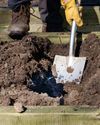
To dig or not to dig?
Should we be carrying out a full dig on plots now? Bob considers the pros and cons of the 'autumn dig' debate
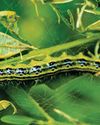
The box ball blues
As if his beleaguered box hadn't already taken a beating, Toby now has to deal with some hungry box caterpillars
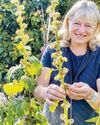
Save your own seeds
Masterclass on: seed saving
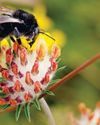
Strange sightings
Three unusual insects turn up in Val's garden in one day

A bolt from the blue!
Cornflowers are perfect for garden and vase
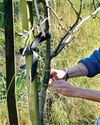
Winter moth prevention
Ruth shows you how to avoid maggoty tree fruits

Create a winter container
There are as many options as in summer
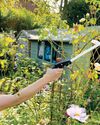
Lightweight gardening tools
AS well as being good for our mental health, gardening is also great exercise.

Autumn price round-up
AG finds better bargains in lesser-known brands
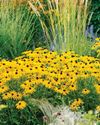
Rudbeckias
Rudbeckias are ideal for sunny summer patios and borders, with some able to survive our coldest winters